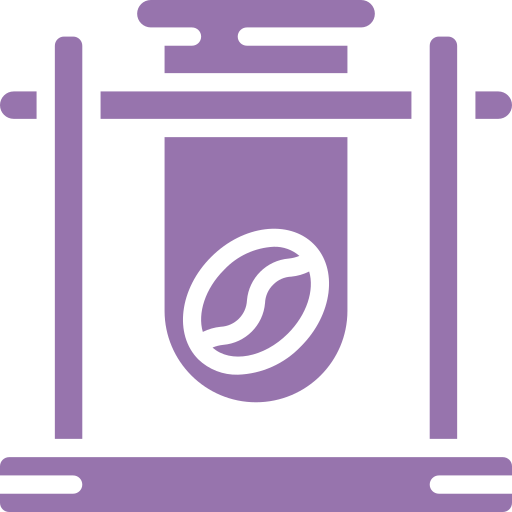Common ART procedures include—
• Intrauterine insemination (IUI) in which processed sperm is injected directly into the uterus by-passing the cervix. Insemination may be combined with ovarian stimulation to increase the chance of fertilization of one or more eggs occurring inside the fallopian tubes.
• In vitro fertilization (IVF), meaning fertilization outside of the body. IVF is one of the most commonly used infertility treatment techniques in which eggs are combined with sperm in a dish in a laboratory. Once fertilization has occurred, the resulting embryos develop for several days before being placed into the uterus.
• Intracytoplasmic sperm injection (ICSI) s often used for couples with male factor infertility, unexplained infertility or for those patients with failed conventional IVF attempts. In ICSI fertility treatment, a single sperm is injected into a mature egg with a microscopic needle. Once fertilization occurs, the embryos are grown for several days and then transferred into the uterus.
• Egg Donation is used for women with no eggs or unhealthy eggs. A young egg donor undergoes ovarian stimulation and an egg retrieval procedure to donate her eggs to another patient. The eggs are fertilized with the partner’s sperm and resultant embryos transferred to the patient’s uterus.
• A Gestational Carrier (gestational surrogate) is implanted with an embryo that is not biologically related to her, for the purpose of achieving a pregnancy for an infertile couple. It is recommended for women who have no uterus or for medical reasons are unable to carry a pregnancy. Couples undergo an IVF procedure and the resultant embryos are transferred into the surrogate’s uterus.
• Donor Sperm or Donor Embryos for women who are unable to conceive and become parents using their partner’s sperm or own embryos.


















